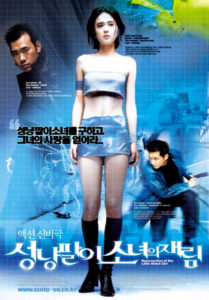
“Resurrection of the Little Match Girl” Korean Theatrical Poster
Director: Jang Sun-Woo
Cast: Lim Eun-Kyung, Kim Hyun-Sung, Kim Jin-Pyo, Myung Gye-Nam, Myung Gye-Nam, Jung Doo-Hong, Kang Ta, Lee Chung-Ah, Seo Jae-Kyung, Park Sung-Woong
Running Time: 125 min.
By Paul Bramhall
There are some movies out there that seem destined to only be appreciated in retrospect, such could be the case for Resurrection of the Little Match Girl. It was a title that I avoided since its release, as I still remember lines from certain reviews labelling it as “a confusing rip-off of The Matrix” and “likely only to appeal to die-hard gamers.” Being both a fan of The Matrix, combined with being the very definition of a non-gamer, I decided to save myself the time of viewing such an apparent atrocity. It was only while recently watching the 2001 documentary, Jang Sun-woo Variations, dedicated to the work of the controversial Korean director, that a short segment saw him discussing his next movie which at the time was in pre-production. To my surprise, it was the very title I’d written off.
To give some comparison, finding out ROTLMG (as I’ll refer to it from here on) was made by Jang Sun-woo, was for me the theoretical equivalent of finding out Avengers: Infinity War was directed by Woody Allen. Having been active in the protest movements against the dictator style government Korea was under in the 70’s, Sun-woo was jailed in 1980 for distributing leaflets exposing the truth behind the Gwangju Massacre (covered recently in A Taxi Driver). During his time in prison, he came to realise how film could be used to comment on society, and he’d go on to do just that. During the 90’s he made some of Korea’s most highly regarded but also controversial works, such as The Road to the Racetrack, Bad Movie (which remains heavily cut in Korea), and Lies (his previous movie to ROTLMG).
To go from directing realistic and confronting dramas, to the big budget action spectacle of ROTLMG, was quite the change in direction, and making an action movie was something Sun-woo himself confessed he never imagined doing. However on closer inspection, perhaps it wasn’t quite as big of a change in direction as it seems on the surface. ROTLMG takes its inspiration from the Hans Christian Andersen short story The Little Match Girl, about a poor girl selling matches in the street during the depths of winter, eventually succumbing to the bitter cold and freezing to death. It was a story that had an impact on Sun-woo, and when discussing the movie he stated that he wanted to create a tale where the girl can live again, but this time have a happy life, even if it was only within a computer game.
This is essentially the premise of ROTLMG, which opens as a silent film, the characters dialogue shown in cutaway text screens. Transporting the story to the streets of modern day Seoul, actress Lim Eun-kyung (here in her debut) plays out the story of the Little Match Girl, eventually driven to inhaling the butane gas from the lighters she’s been trying to sell. In fact Eun-kyung plays more than one character, one of many indicators of the blurry lines between reality and fantasy that ROTLMG treads, with her also in the role of a gaming arcade assistant, one which is frequented by a wannabe pro-gamer played by Hyun Sung (The Deal). After purchasing a lighter from Eun-kyung, he finds himself being offered to take part in a game. The goal is simple yet cruel, the player’s mission is to make the Little Match Girl fall in love with them, with the winner being the one she calls out for as she dies.
The game also comes with the warning that if you spend too long inside, you may forget that it’s not real. To that end, while visually there are a few references to The Matrix (the bullet dodging scene is lifted wholesale), the movie that sprung to mind even more was David Cronenberg’s Existenz. There’s really no difference between reality and the environment within the game, except that is, for the crazy action scenes that can be performed within the latter. Hong Kong action was still highly regarded in the early 00’s, and Korea had already imported the likes of Ma Yuk Sing to choreograph 2000’s Bichunmoo. In the case of ROTLMG, Sun-woo brought on board the legendary Ridley Tsui (who notably action directed the Sammo Hung starring The Hidden Enforcers the same year) to create the substantial amount of action sequences crammed into the 2 hour runtime.
Indeed the large scale action scenes resulted in ROTLMG spiralling considerably over budget and over schedule. For what became such a costly exercise, the poor box office it was greeted with upon release meant that, even to this day, Sun-woo has yet to direct another movie since. It’s a shame, as despite its bombast the majority of the action scenes deliver, thanks to plentiful wirework, machine gun fire, and high impact stuntwork. Special mention has to go to a character referenced as the “lesbian Lara Croft”, a highly acrobatic motorcycle riding badass who partakes in numerous extravagant shootouts. In fact she’s portrayed by Jin Xing, a renowned transgender Chinese dancer who was born to ethnically Korean parents (so can speak the language), and perhaps is most recognizable to action fans as Madam Rose in the Tony Jaa starring 2005 movie Tom Yum Goong.
Once Sung is in the game he meets a variety of characters, introduced through onscreen text as if in a real computer game (we also get the same when a level ends, and various other game references). We learn that the creator is also inside, played by veteran actor Myung Kye-nam, who explains that The System has become too powerful, and that Sung could be the one to restore order. This plot thread, which becomes increasingly prominent as proceedings progress, is likely what drew the comparisons to The Matrix, as the game realises that Jung has the power to not only save the day, but also the Little Match Girl. To that end, he soon finds himself being pursued by everything from missiles, to Korea’s top martial arts choreographer in the form of Jung Doo-hong (who pulled double duty in front of the camera in 2002, also appearing in Ryoo Seung-wan’s No Blood No Tears).
Amidst the explosions, blood squibs, and vehicular mayhem, Sun-woo’s Buddhist leanings are surprisingly visible. Kye-nam’s mentoring of Jung in how to achieve the art of complete stillness (through fishing no less) incorporates various spiritual aspects, and what other movie can you say has a ferociously violent gunfight set to a soundtrack of Buddhist chants? The finale arguably goes a little too all out in its craziness, especially when a forewarning of The System’s base being able to constantly change, is demonstrated via a ropey looking CGI helicopter showing up to chase Jung down a narrow corridor. However this misdemeanour is forgivable, when the level of action on display for the vast majority is executed with so much gusto and energy, back in the days when CGI was used to compliment action rather than being the action.
It’s fair to say that despite Eun-kyung’s Match Girl being both the centre and title character of the piece, ROTLMG very much feels like Jung’s movie, with his mission to rescue her from such a sorrowful death giving him a sense of purpose missing from his life in the real world. The ending, 2 of them no less, challenges us to question how much of our happiness is tied into a level of ignorance, and perhaps even more so, is that really such a bad thing? It’s a questions which has been raised again recently in movies such as Steven Spielberg’s Ready Player One, and one which is likely to become more and more pertinent in the coming years. To that end, ROTLMG deserves a chance to be revisited with a fresh pair of eyes, more than 15 years on from when it was first released.
Throw in a cameo by Leon and Mathilda, a gun that turns into a mackerel, and a reference to Tom Cruise, ROTLMG may be an expensive mess, but it’s one that delivers a rewarding experience for those willing to decipher it. Going back to the documentary that initially drew my curiosity toward Sun-woo’s unintended swansong, when describing how he felt about working with such a big budget and large crew, he states “It’ll be like a war.” Knowing the history of the production, it’s safe to say his prediction was right, but unlike most wars, in this instance the outcome was worth it.
Paul Bramhall’s Rating: 7/10

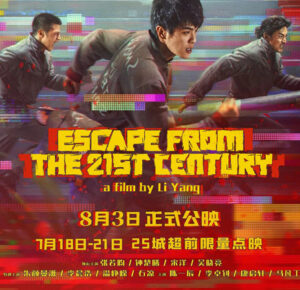
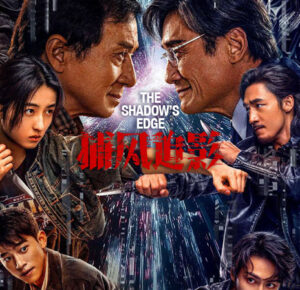
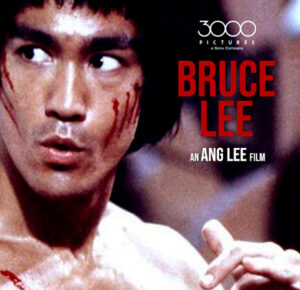



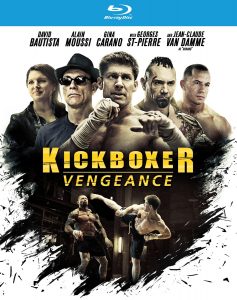
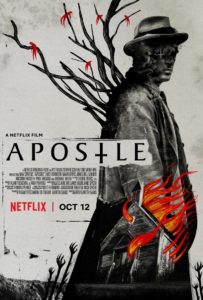
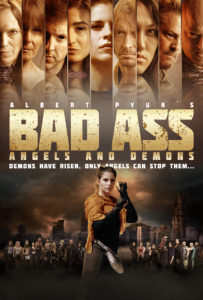


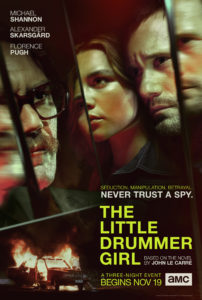
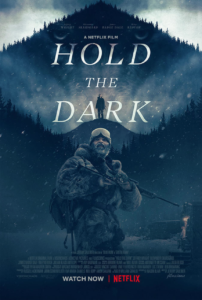
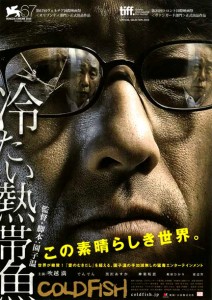
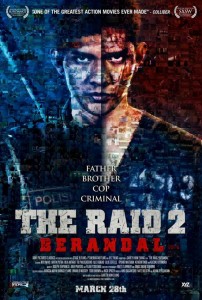
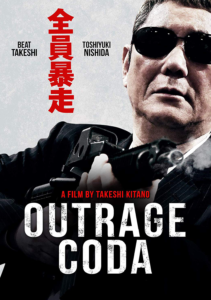
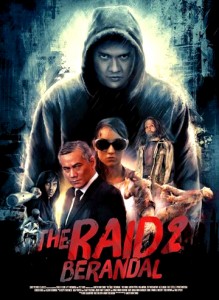

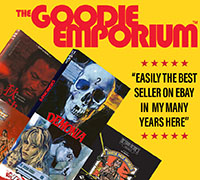

Be the 1st to Comment